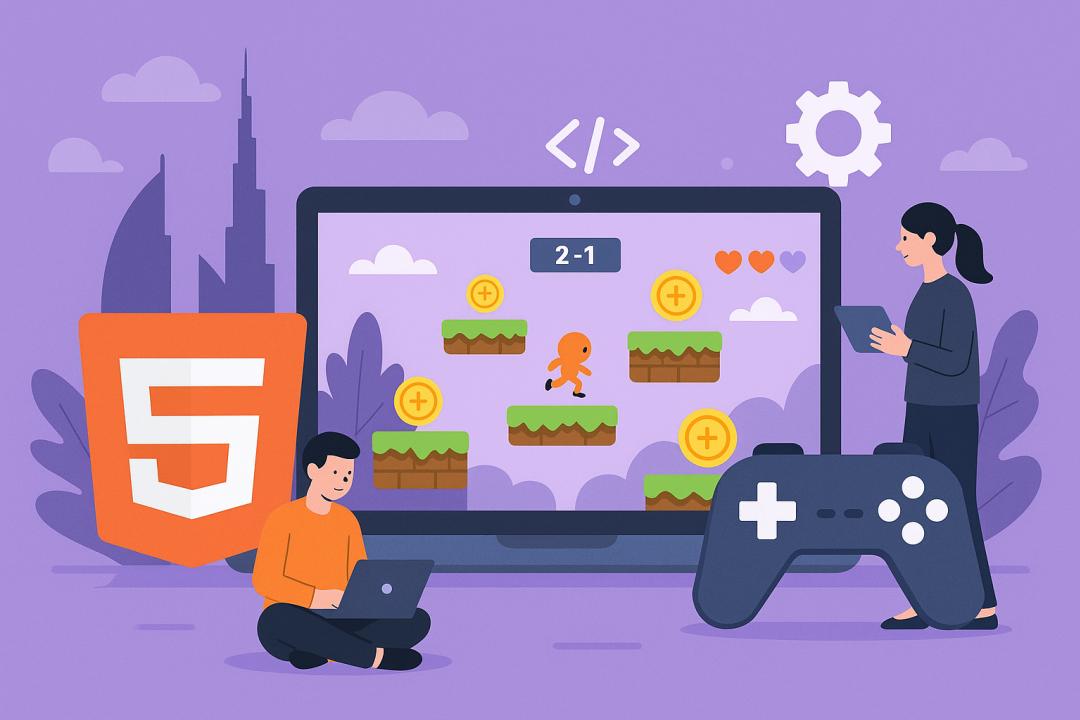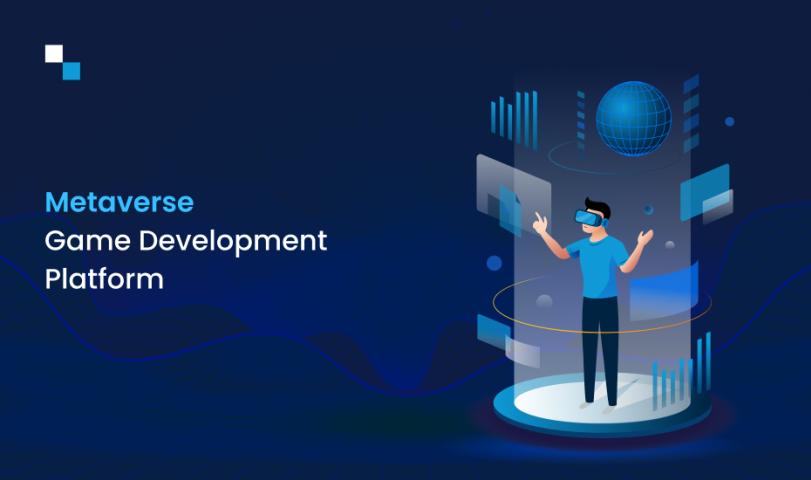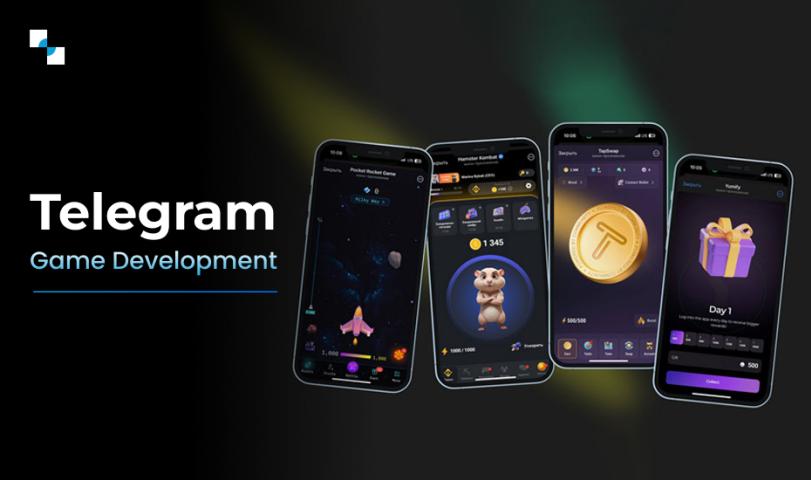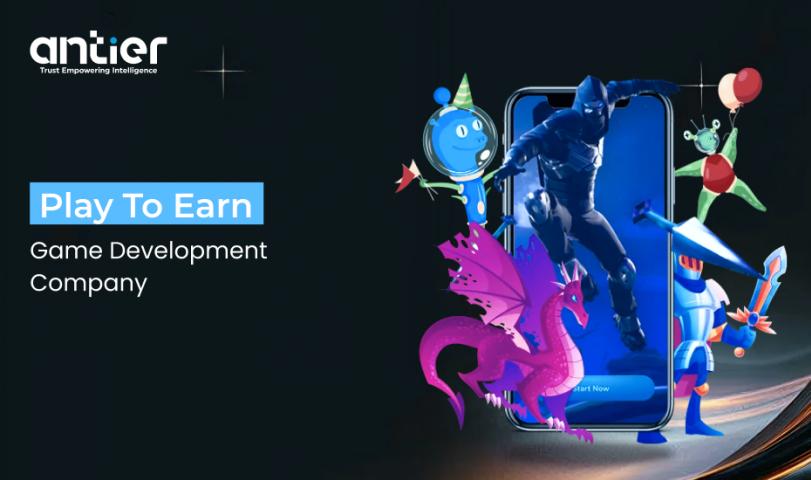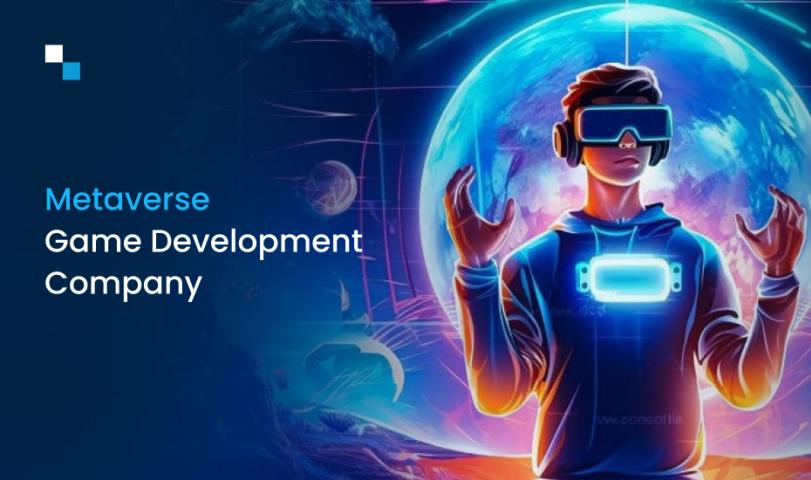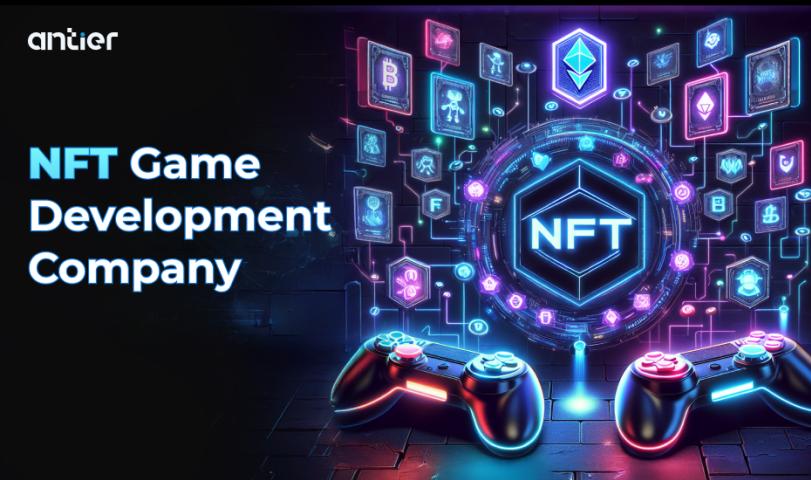The gaming industry in the UAE is experiencing exponential growth, with HTML5 technology at the forefront of innovation. As mobile and browser-based games continue to gain traction, developers and businesses are increasingly turning toward HTML5 to create high-performance, cross-platform games. This demand has sparked a significant rise in HTML5 game development trends in UAE, positioning the country as a competitive hub for gaming technology in the Middle East.
HTML5 has revolutionized game development with its ability to build games that work seamlessly across web browsers and devices—without the need for additional plugins. From casual mobile games to immersive, interactive experiences, HTML5 is a go-to choice for developers aiming for scalability, speed, and accessibility. Let’s explore the key trends shaping the future of HTML5 game development in the UAE.

1. Cross-Platform Game Development
One of the most prominent trends in HTML5 game development is the shift toward cross-platform compatibility. Developers in the UAE are increasingly building games that run flawlessly across smartphones, tablets, laptops, and desktops. HTML5's core strength lies in its responsive design and universal browser support, making it the ideal solution for reaching a broader audience.
This approach not only enhances user engagement but also reduces development time and cost, as a single codebase can be deployed across multiple devices. For businesses, this means faster time-to-market and higher ROI.
2. Integration of Emerging Technologies (AR/VR)
HTML5 game developers in the UAE are integrating Augmented Reality (AR) and Virtual Reality (VR) technologies to offer immersive gameplay. Although HTML5 is not traditionally associated with high-end AR/VR, developers are leveraging frameworks and APIs that bring basic AR/VR functionalities into browser-based games.
This trend is particularly strong in sectors like education, tourism, and retail, where gamification powered by HTML5 is being used to enhance user experiences. The use of WebXR and other web-based standards allows for a new level of interactive content previously restricted to native applications.
3. Gamification in Non-Gaming Sectors
The UAE’s corporate and education sectors are embracing gamification to engage users and enhance learning experiences. HTML5 games are being used to deliver training programs, e-learning modules, marketing campaigns, and customer engagement initiatives.
These gamified solutions are built to be lightweight, easy to deploy, and accessible from any device—perfectly aligning with HTML5’s capabilities. From quizzes and simulations to reward-based interactions, this trend is expanding the scope of HTML5 beyond traditional gaming.
4. Monetization and Cryptocurrency Integration
Another evolving trend is the integration of monetization strategies within HTML5 games. Developers in the UAE are creating in-game economies that support advertising, in-app purchases, and even cryptocurrency transactions.
Thanks to HTML5's flexibility, developers can embed seamless payment gateways and blockchain-based assets. This allows users to make micro-transactions or use digital wallets without leaving the game environment. With the UAE embracing cryptocurrency regulations and blockchain technology, HTML5 games with built-in crypto support are becoming increasingly viable.
5. Localization and Cultural Relevance
Catering to the local audience is a growing focus for game development in UAE. HTML5 game developers are now designing culturally relevant content tailored for Arabic-speaking users, incorporating traditional themes, folklore, and regional art >
Localization isn’t just about language translation—it also involves aligning game narratives, characters, and UI with local culture and user preferences. HTML5’s flexibility enables quick adjustments, making it easier for developers to launch region-specific versions without extensive rework.
6. Cloud-Based HTML5 Game Hosting
With the rise of cloud computing, many developers are choosing cloud platforms to host their HTML5 games. This shift allows games to load faster, scale dynamically, and deliver a better user experience without the need for high-end devices.
Cloud-based game development is particularly useful in HTML5 environments because it enables real-time updates, analytics, and multiplayer support. It also simplifies maintenance and reduces server overheads for game publishers.
7. Hybrid Game Development Tools
Developers in the UAE are now using hybrid game development frameworks that combine HTML5 with other technologies like JavaScript, WebGL, and Phaser. These tools offer enhanced graphics capabilities, smoother animations, and better performance, making HTML5 games more engaging and visually appealing.
By utilizing hybrid tools, game studios can push the boundaries of what browser-based games can offer, blurring the lines between native and web-based experiences.
Conclusion
The UAE’s gaming sector is on an upward trajectory, and HTML5 technology is playing a pivotal role in that evolution. From cross-platform compatibility and gamification to blockchain integration and localized content, HTML5 game development is setting new benchmarks in innovation and user engagement.
As demand for accessible, scalable, and interactive games continues to rise, partnering with the best HTML5 game developers in UAE can make all the difference. Whether you're a startup looking to launch your first game or an enterprise wanting to gamify your services, HTML5 offers a powerful and future-ready solution.
